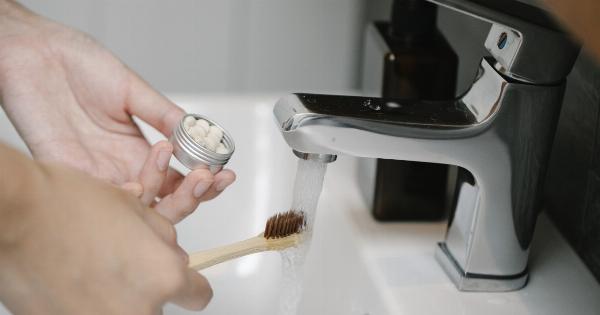Liquid retention, also known as edema, is a common problem during pregnancy. It occurs when fluid builds up in the tissues, causing swelling and discomfort. The following are some of the major causes of liquid retention in pregnant women:.
1. Hormonal Changes
Hormonal changes during pregnancy can cause an increase in blood volume, which can lead to fluid retention. The hormone progesterone can also cause the walls of blood vessels to relax, making it easier for fluid to leak into the tissues.
2. Circulatory System Changes
As the baby grows, the uterus expands and puts pressure on the veins in the pelvis and legs, slowing down the circulation of blood. This can cause fluid to pool in the lower parts of the body, resulting in swelling and edema.
3. Gravity
Gravity can also play a role in fluid retention during pregnancy, as it pulls fluid down to the lower parts of the body. This can lead to swelling in the legs, ankles, and feet, especially if you spend a lot of time standing or sitting.
4. Poor Nutrition
A diet high in salt and processed foods can worsen edema in pregnant women. Consuming too much salt can cause your body to retain water, resulting in swelling and bloating.
5. Preeclampsia
Preeclampsia is a serious condition that can occur in pregnant women, causing high blood pressure and protein in the urine. One of the symptoms of preeclampsia is severe swelling, particularly in the hands and face.
This condition requires immediate medical attention.
Treatment for Liquid Retention during Pregnancy
If you are experiencing edema during pregnancy, there are several things you can do to manage the swelling and discomfort. The following are some effective treatment options:.
1. Rest and Elevate your Feet
When you are resting, try to elevate your feet above the level of your heart to encourage the drainage of excess fluid. This can help reduce swelling and improve circulation.
2. Exercise
Regular exercise can help improve circulation and reduce fluid retention. Low-impact activities such as walking, swimming, or prenatal yoga can be beneficial.
3. Compression Stockings
Wearing compression stockings can help reduce fluid buildup in the legs and promote blood flow. These specialized socks apply gentle pressure to the legs, preventing blood from pooling in the lower parts of the body.
4. Massage
Gentle massage can help promote lymphatic drainage and reduce swelling in the affected areas. Avoid massaging the abdomen and lower back, as this can cause contractions and be harmful to the baby.
5. Proper Nutrition
Eating a healthy, balanced diet can help reduce fluid retention during pregnancy. Avoiding salt and processed foods can be particularly beneficial. Drinking plenty of water can also help flush out excess fluid from the body.
6. Medication
In severe cases of edema, your doctor may prescribe medication to help reduce swelling. Diuretics, for example, can increase urine production, enabling your body to rid itself of excess fluid.
Conclusion
Liquid retention is a common concern during pregnancy, but it is often manageable with proper care and treatment.
By understanding the causes of edema and taking steps to address them, you can ensure a comfortable and healthy pregnancy for you and your baby.































